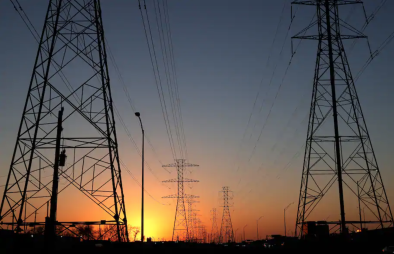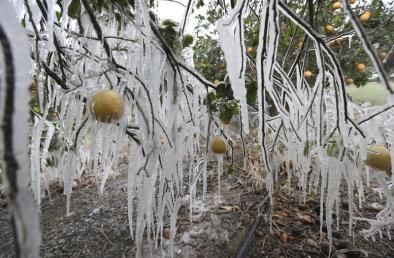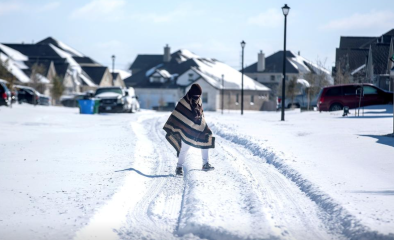Science Source
North American weather regimes are becoming more persistent: Is Arctic amplification a factor?
- States that rapid Arctic warming is hypothesized to favor an increased persistence of regional weather patterns in the northern hemisphere
- Persistent conditions can lead to drought, heatwaves, prolonged cold spells, and storminess that can cost millions of dollars in damage and disrupt societal and ecosystem norms
- This study defines a new metric called long‐duration events (LDEs) ‐‐ conditions that endure at least 4 consecutive days ‐‐ and takes two independent approaches to assessing seasonal changes in weather‐pattern persistence over North America
- one applies precipitation measurements at weather stations across the United States
- the other is based on a cluster analysis of large‐scale, upper‐level atmospheric patterns
- Both methods indicate an overall increase in LDEs
- Find that large‐scale patterns consistent with a warm Arctic exhibit an increased frequency of LDEs, suggesting that further Arctic warming may favor persistent weather patterns that can lead to weather extremes
Related Content
Science Source
Warm Arctic, Cold Continents: A Common Pattern Related to Arctic Sea Ice Melt, Snow Advance, and Extreme Winter Weather
Judah Cohen, Justin E. Jones, Jason C. Furtado et al
Headline

Feb 23, 2021 | Washington Post
Deadly Texas blackout shows our vulnerability to coming climate extremes
Headline

Feb 19, 2021 | Associated Press
EXPLAINER: Topsy-turvy weather comes from polar vortex
Headline

Feb 19, 2021 | Reuters
Freak cold in Texas has scientists discussing whether climate change is to blame


